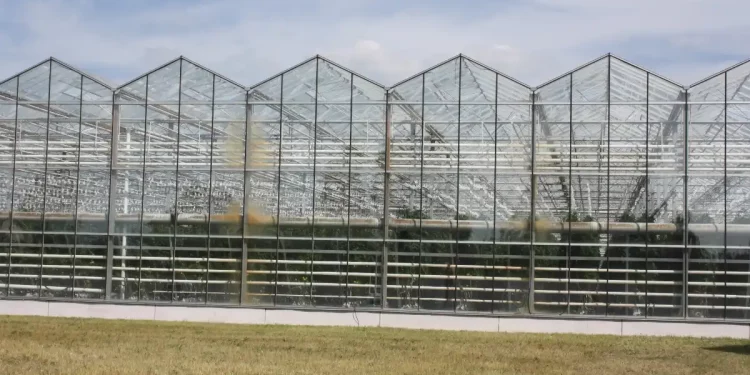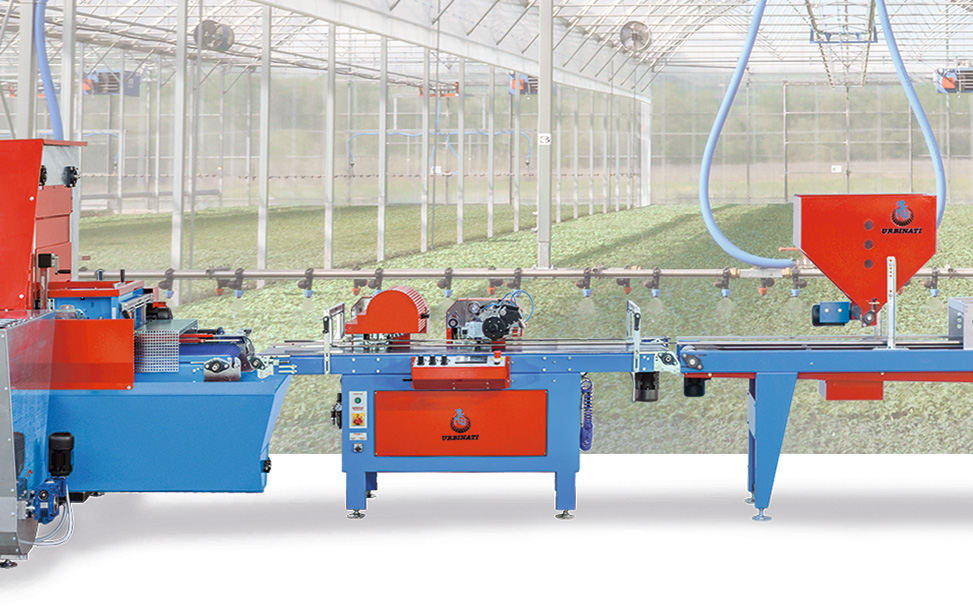This article delves into the identification, prevention, and management of pests in protected soil environments. Drawing on insights from Glavagronom, a reputable agricultural source, we explore the common pests that affect protected soil cultivation and discuss effective strategies for pest control. Discover how farmers, agronomists, agricultural engineers, farm owners, and scientists can safeguard their crops and optimize production in protected soil systems.
Protected soil environments provide favorable conditions for crop growth, but they are not immune to pests. This article aims to shed light on the challenges posed by pests in protected soil cultivation and offers practical strategies for their prevention and management.
Numerous pests can impact crops in protected soil systems. Glavagronom identifies some of the common culprits, including aphids, thrips, whiteflies, spider mites, and various soil-borne pathogens. These pests can cause significant damage, leading to reduced yields and compromised crop quality.
To effectively manage pests in protected soil, integrated pest management (IPM) practices are crucial. IPM involves a combination of preventive measures, cultural practices, biological controls, and, when necessary, targeted pesticide applications. Regular scouting and monitoring of crops are essential for early pest detection, allowing for timely intervention and prevention of outbreaks.
Cultural practices play a significant role in pest prevention. Crop rotation, proper sanitation, and maintaining optimal growing conditions, such as temperature and humidity, help create an unfavorable environment for pests. Implementing physical barriers, such as screens or nets, can also be effective in excluding pests from protected growing areas.
Biological controls are vital components of pest management in protected soil systems. Beneficial insects, such as predatory mites, ladybugs, and parasitic wasps, can be introduced to control pest populations. Additionally, the use of biopesticides derived from naturally occurring microorganisms offers an environmentally friendly alternative to chemical pesticides.
When pest populations exceed the threshold for economic damage, targeted pesticide applications may be necessary. It is essential to follow the recommendations of agricultural experts and adhere to safe and responsible pesticide use practices to minimize environmental impact.
In conclusion, pests pose a significant challenge in protected soil cultivation. Through the adoption of integrated pest management practices, including preventive measures, cultural practices, biological controls, and targeted pesticide applications, farmers and agricultural professionals can effectively manage pests and ensure the productivity and sustainability of their crops in protected soil systems.
Tags: Agriculture, Protected Soil, Pest Management, Integrated Pest Management (IPM), Pest Identification, Cultural Practices, Biological Controls, Pest Prevention, Pest Scouting, Pesticide Applications.
Reference: Source











